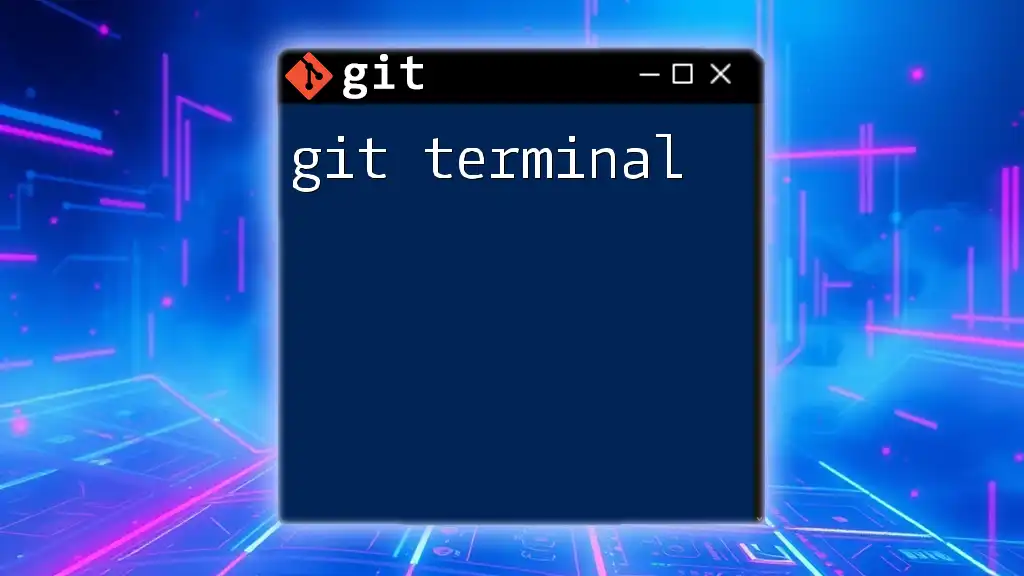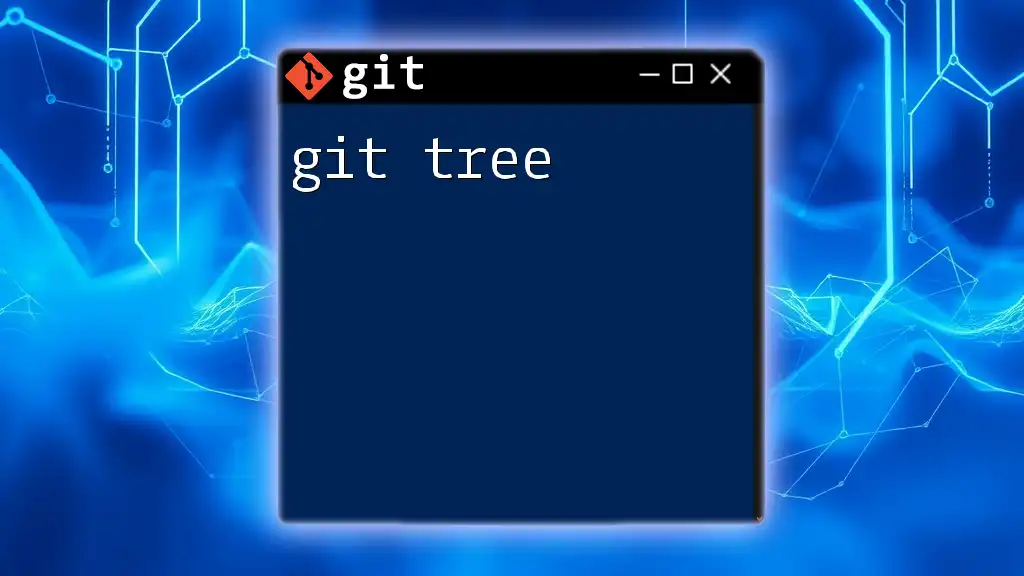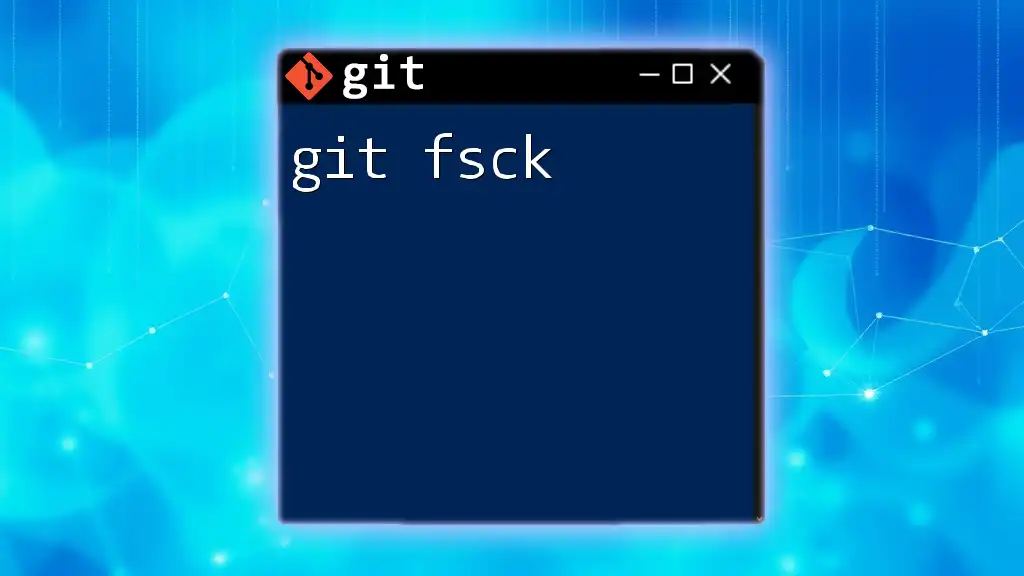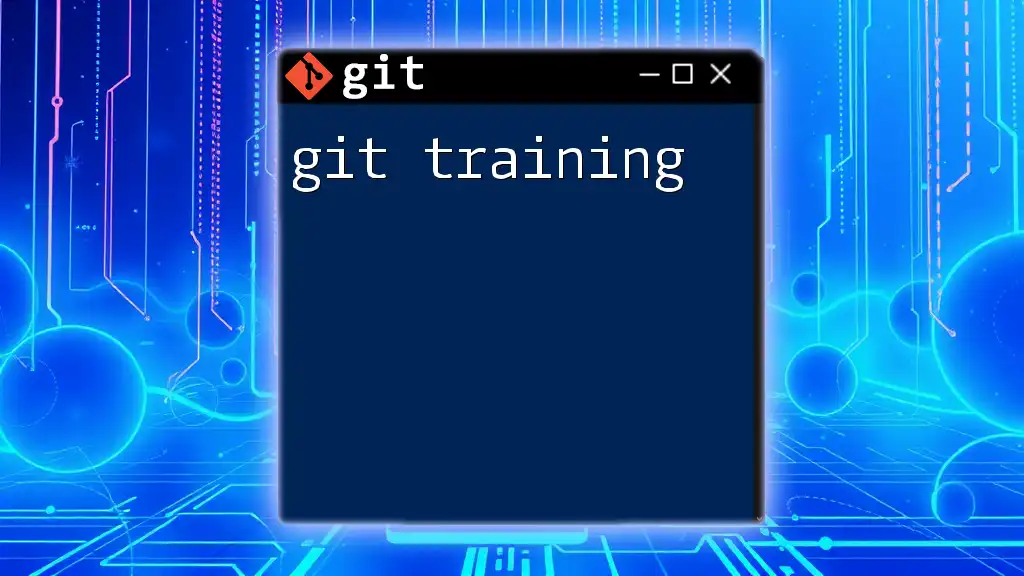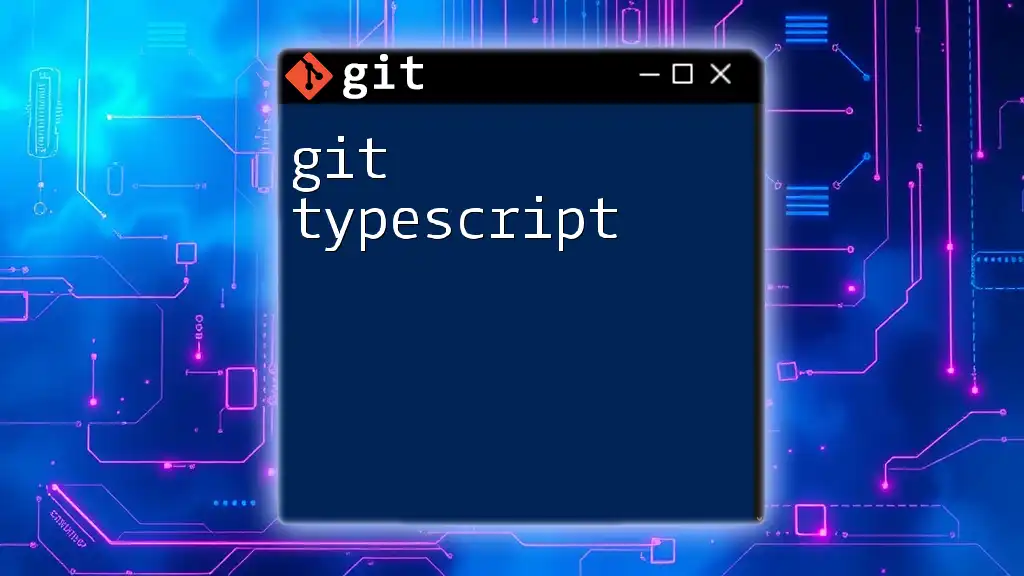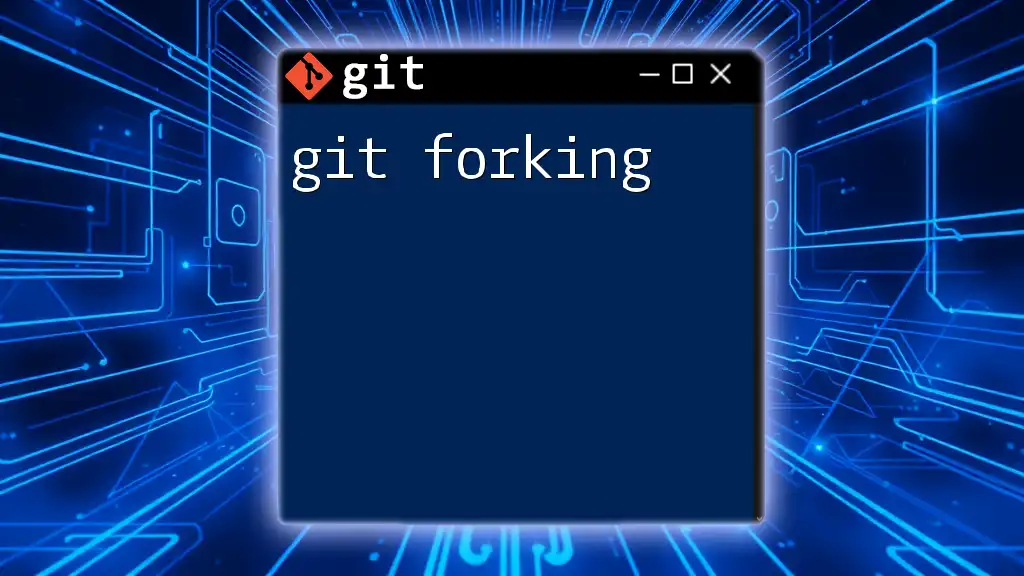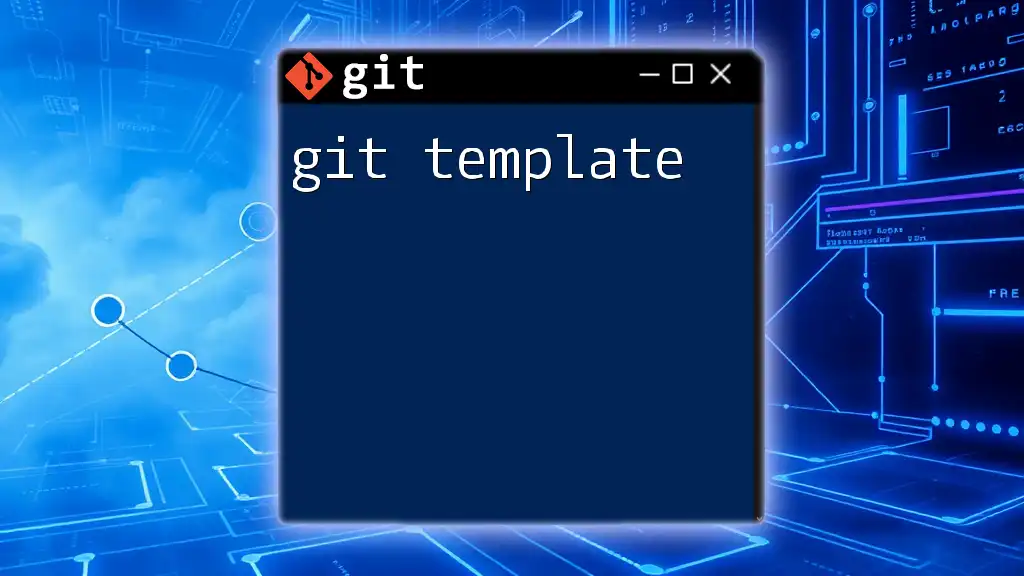`git tf` is a command used to interact with Team Foundation Server (TFS) in order to synchronize changes between a TFS repository and a Git repository.
Here’s a code snippet demonstrating how to fetch changes from TFS:
git tf pull
What is Git TF?
Git TF acts as a bridge between Git and Team Foundation Version Control (TFVC), allowing developers to use Git commands with a TFVC repository. By integrating the two systems, developers can leverage the benefits of Git's distributed version control while still collaborating on projects housed in TFVC. This tool is particularly useful for teams transitioning from TFVC to Git or for projects that require both systems to operate effectively together.
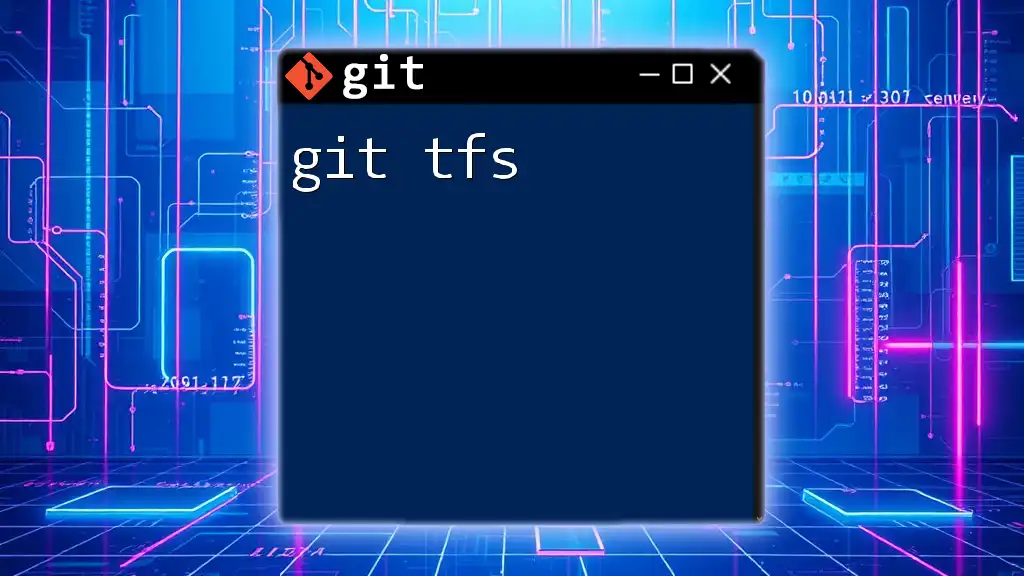
Getting Started with Git TF
Installation of Git TF
To use Git TF, the first step is to ensure that you have it installed on your system. The installation process is fairly straightforward. Start by checking the system requirements, which typically include:
- .NET Framework: Ensure you have the .NET Framework installed, as Git TF is built on this framework.
- Git: You need to have Git installed on your machine.
Once these dependencies are taken care of, you can download the Git TF installer from the official repository or access it via package managers like Chocolatey for Windows.
After installation, verify that Git TF is correctly installed by running the following command in your terminal:
git tf --version
This command should return the version number of Git TF, confirming that the setup is complete.
Configuration of Git TF
With Git TF installed, the next step is to configure it with your TFVC repository. The setup typically involves initializing a new Git repository and linking it with your existing TFVC.
To initialize your repository, navigate to your desired directory in your terminal and run:
git tf init http://your-tfvc-server:8080/tfs/YourCollection $/YourPath
Replace the URL with your TFVC server details and the path to your project. This command creates a new Git repository linked to your TFVC project.
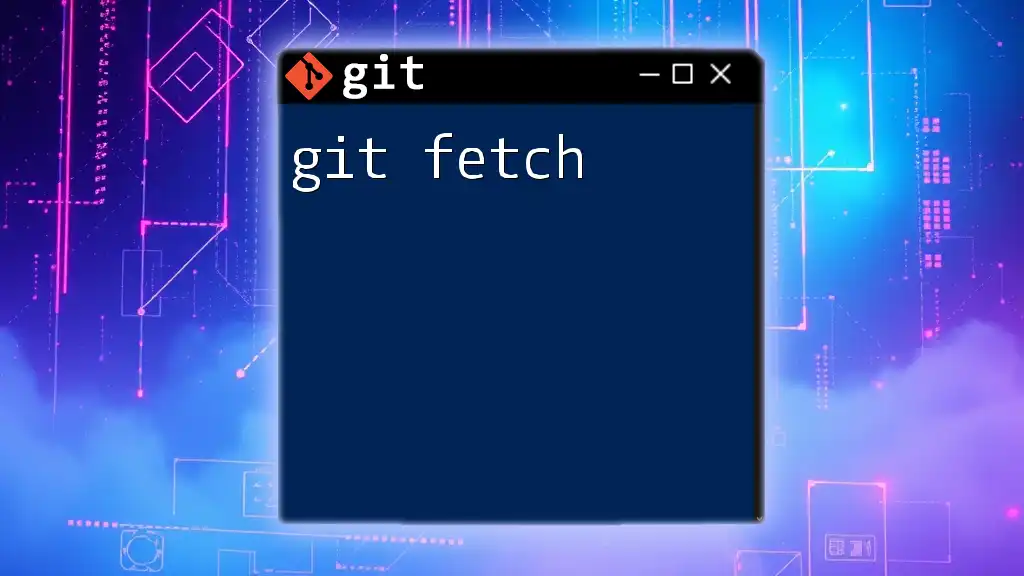
Core Git TF Commands
Understanding and executing core Git TF commands will significantly enhance your workflow.
Cloning a TFVC Repository
To clone an existing TFVC repository, use the `git tf clone` command:
git tf clone http://your-tfvc-server:8080/tfs/YourCollection $/YourPath
This command pulls the TFVC repository into a local Git repository, allowing you to work with it using Git commands.
Fetching Updates from TFVC
To keep your local repository up to date with changes from the TFVC repository, you can fetch updates using:
git tf fetch
This command enables you to retrieve the latest commits, changes, and revisions without merging them into your current state, making it ideal for reviewing updates before integrating them.
Pushing Changes to TFVC
After making local changes, you can push them back to the TFVC repository using:
git tf checkin
This command commits your changes into TFVC, ensuring that all members of the team have access to the updated project files.
Syncing Changes with TFVC
To pull the latest changes from the TFVC repository into your local repository, use:
git tf pull
This command merges the changes from TFVC into your local branch, enabling you to stay synchronized with your team’s work.
Listing Changesets
To view the changesets from the TFVC history, you can use:
git tf changeset
This command provides a view of all the changesets recorded in TFVC, helping you understand the changes that have occurred in the project and their associated messages.
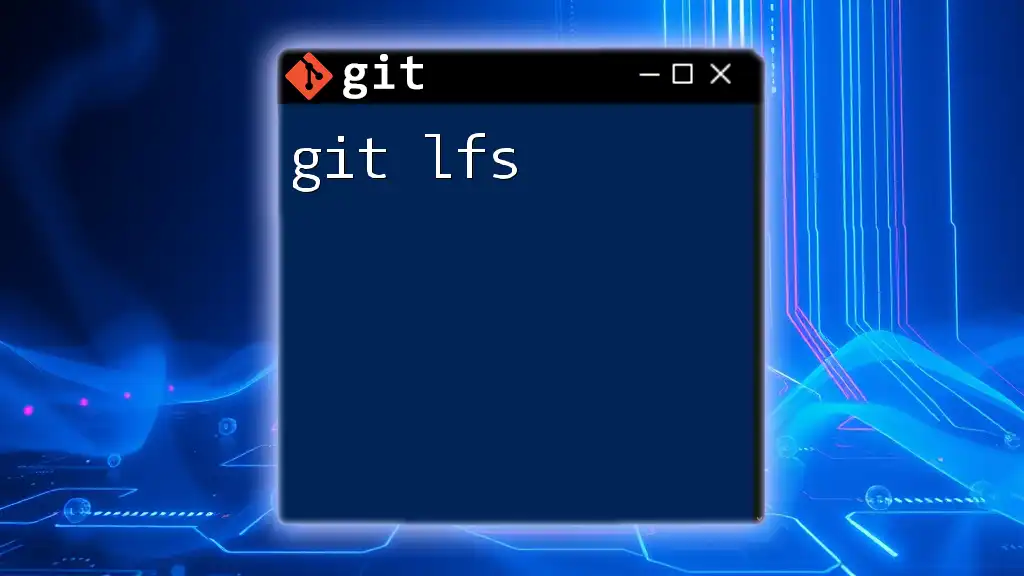
Working with Branches in Git TF
Branches are essential for managing concurrent development in Git.
Creating Branches
To create a new branch based on your current work, use the following command:
git checkout -b feature/new-feature
Replace `feature/new-feature` with your descriptive branch name. This command creates and switches to a new branch for your feature development.
Switching Branches
To switch back to an existing branch, use:
git checkout main
This command allows you to toggle between branches as needed, enabling smooth transitions between different areas of development.
Merging Changes
After completing work on a feature branch, you can merge it back to the main branch. First, switch to the main branch:
git checkout main
Then execute the merge command:
git merge feature/new-feature
This will combine your feature's changes into the main branch, which can then be pushed back to the TFVC repository.
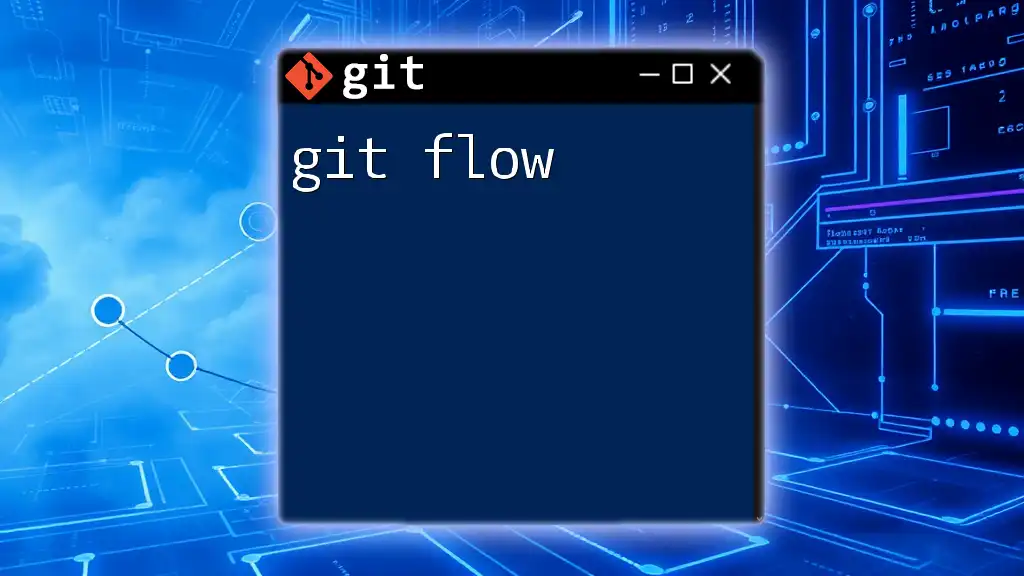
Handling Conflicts with Git TF
Conflict resolution is a crucial skill for maintaining effective collaboration.
Common Conflict Scenarios
Conflicts may arise when multiple developers edit the same file or line of code. For instance, if two team members modify the same function in the same file, you might encounter a merge conflict when trying to merge those branches.
Resolving Conflicts
To resolve a merge conflict using Git TF, follow these steps:
- Identify Conflicted Files: Upon executing a merge, Git will notify you of any conflicts.
- Manually Edit Conflicts: Open the conflicted files and edit them to resolve discrepancies. Conflict markers (`<<<<`, `====`, `>>>>`) will indicate conflicting changes.
- Stage Resolved Files: After resolving conflicts, stage the changes with:
git add path/to/conflicted-file - Commit Resolved Changes: Finally, commit the resolved files:
git commit -m "Resolved merge conflict in path/to/conflicted-file"

Best Practices for Using Git TF
Consistent Commit Messages
Utilizing clear and descriptive commit messages is essential for project maintainability. A good commit message should capture the intent of the changes succinctly. For example:
Fix: Correct typo in user authentication error message
Frequent Syncing with TFVC
Regular synchronization is key to preventing extensive merge conflicts. Aim to fetch and pull changes from TFVC at the beginning of each day or before starting significant changes.
Maintaining a Clean Repository
Keeping your repository clean is vital for team collaboration. After merging branches, delete the feature branch to avoid clutter:
git branch -d feature/new-feature
This command helps maintain an organized project structure, making it easier for teams to navigate the repository.

Conclusion
Using Git TF effectively allows teams to bridge the gap between Git and TFVC, enabling a more flexible workflow. By mastering core commands and adhering to best practices, developers can enhance collaboration, maintain a cleaner codebase, and minimize potential conflicts. Continuous learning and adaptation are essential in utilizing Git TF to its full potential.
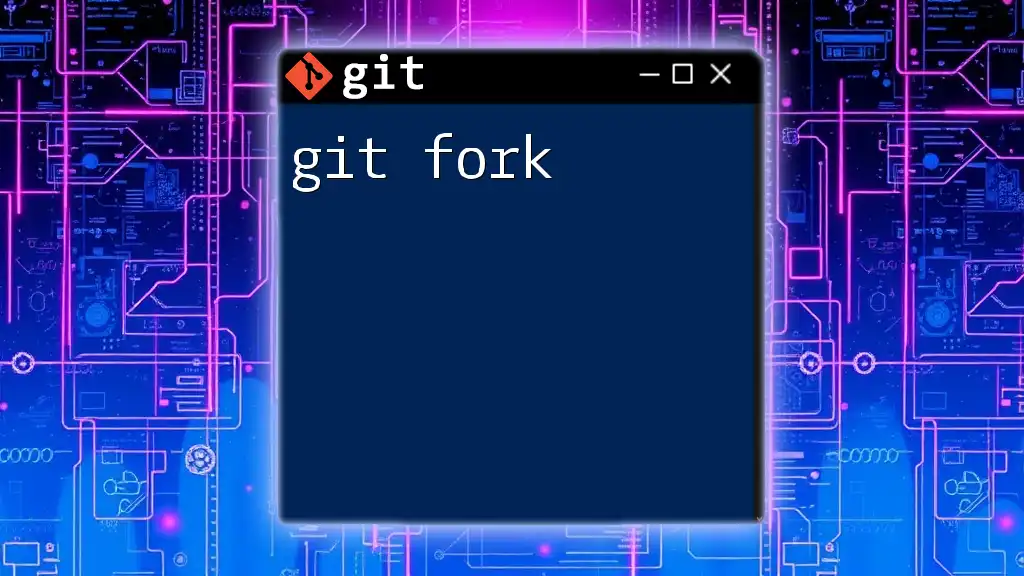
Additional Resources
For further exploration, consult recommended books, online courses, and the official documentation to deepen your understanding and expertise in Git and Git TF.
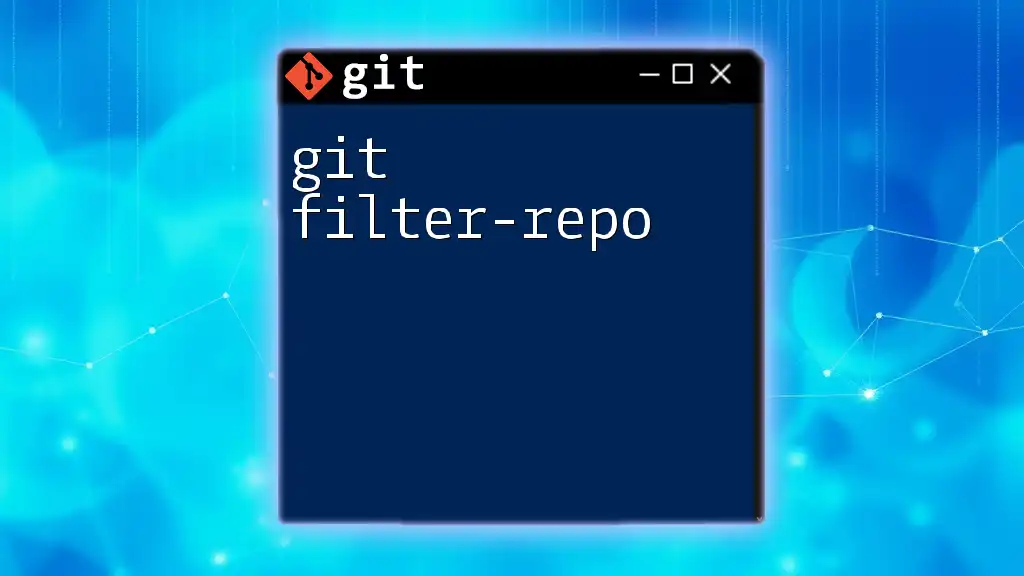
FAQs
-
What should I do if Git TF is not recognizing my TFVC repository?
- Ensure that your TFVC URL is correctly formatted and that you have the necessary permissions to access the repository.
-
Can I use Git TF with a cross-platform environment?
- Yes, Git TF can be used across different operating systems as long as the dependencies are met.
-
What if I encounter errors during check-in?
- Check for any pending merges or conflicts and ensure your local repository is in sync with the TFVC.
Navigating the intricacies of Git TF enhances your ability to work across different version control systems, making your development process smoother and more efficient.








